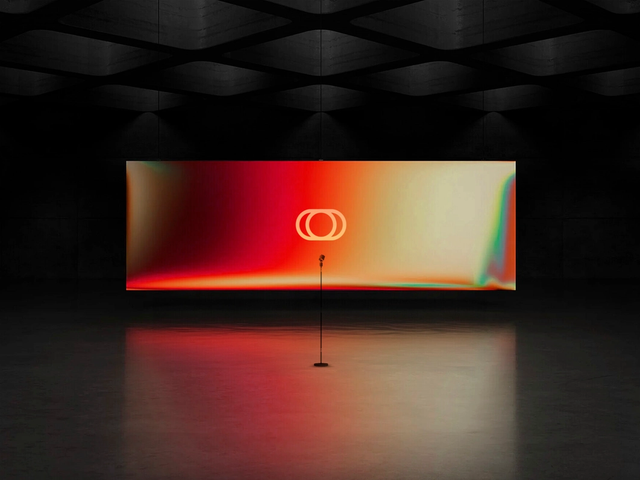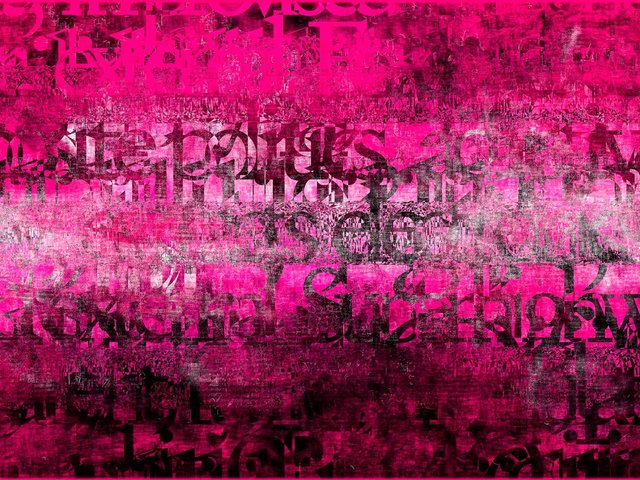At the intersection of traditional art collecting and cutting-edge technology, the auction house Christie’s has been pushing the boundaries of what it means to own a piece of art. In two separate but significant events this month, the auction house has embraced both Bitcoin’s Ordinals protocol and blockchain-backed ownership tools such as Kresus wallets. These developments reinforce how blockchain promises to shape the future of art ownership—both in the certification of physical art and the sophistication of digital art on offer at auction—offering new avenues of ownership for collectors around the world.
On 2 October, Christie’s New York held the auction An Eye Towards the Real: Photographs from the Collection of Ambassador Trevor Traina,a former U.S. ambassador to Austria and founder of the web3 wallet provider Kresus. While the sale generated over US$3m in sales, the standout aspect of this event was not just the photography on offer by leading names such as Diane Arbus and Cindy Sherman, but the fact that each lot came with a digital certificate of ownership stored on the blockchain. Through a partnership with Kresus, collectors were offered an integration of physical and digital ownership, ensuring that each transaction would be transparent, secure, and permanently recorded.
The integration of Kresus wallets and other technologies like it is starting to shift the way art business handles provenance. It is also part of a transformative period for the art world, one that many are still only beginning to come to terms with. According to Sebastian Sanchez, the manager of digital art sales at Christie’s, the potential utilities of blockchain technology can better protect and track art ownership: “Blockchain provides a level of transparency and security that’s never been possible before in the art world,” he tells The Art Newspaper. Now, he says, “we can … guarantee the provenance and authenticity of a piece indefinitely.”
These certificates of ownership act like a digital passport, giving collectors peace of mind that their purchases are verifiable. It is not just about owning the work anymore—it is about owning a part of its history in a way that is immutable and accessible worldwide.
Meanwhile, on 10 October, Christie’s London auctioned Ascend, a groundbreaking digital work created by Ryan Koopmans and Alice Wexell for £44,100 against an estimate of £30,000-£50,000. This marked the first time a piece inscribed on Bitcoin’s Ordinals protocol had been sold in a live auction at Christie’s. Ascend, part of Koopmans and Wexell’s The Wild Within series, is not only a stunning artistic exploration of decayed Soviet architecture but also a technical marvel. The piece changes from day to night in real-time, reflecting the passage of time at the work’s real-world location in Georgia.
What sets Ascend apart is its use of recursion coding to overcome Bitcoin’s file size limitations, making it one of the most sophisticated digital artefacts ever tokenised on the Bitcoin blockchain. Koopmans has described Ordinals as a “game-changer” for digital artists, allowing for the creation of larger, more dynamic works.
While the Koopmans auction was a milestone for Bitcoin-based digital art, the 2 October Kresus sale represents a quieter, but equally important, step forward. By embracing blockchain for traditional, physical, assets such as photographs, Christie’s reinforces the promise offered by new blockchain platforms that the technology is not just for digital art anymore—it is for art in all forms.
Blockchain, as demonstrated by these two distinct sales, is moving beyond novelty and into the mainstream art market, offering new levels of security, provenance, and ownership.






